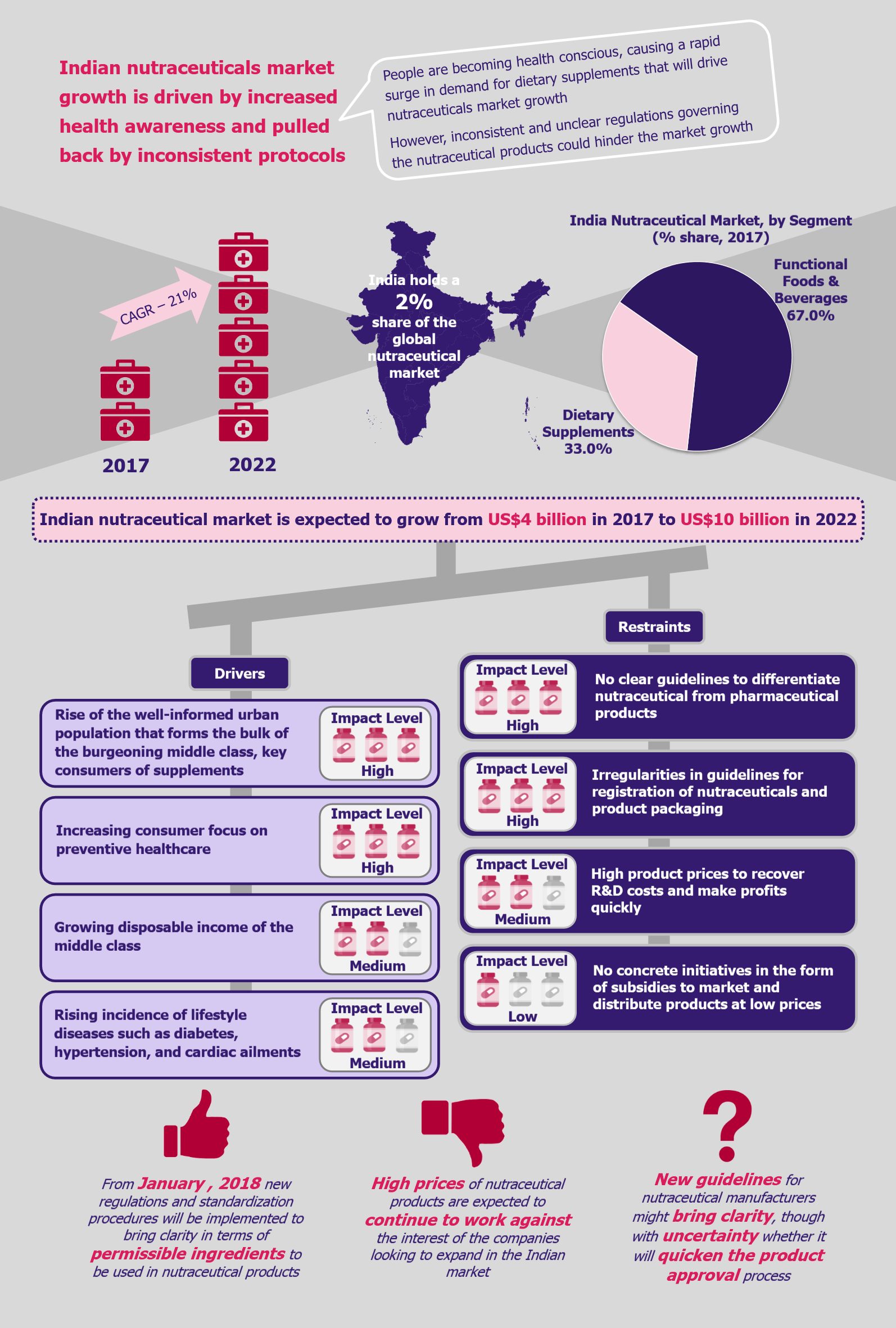Over the years, DSM, a Dutch-based petrochemicals and commodity chemicals company, has strategically been shifting its focus to evolve into a fully integrated health, nutrition, and biosciences company. This transformation has been driven by several key factors, including increasing consumer demand for healthy and natural products, growing opportunities in the health and nutrition market, and DSM’s claimed commitment to sustainability.
Since 2003, DSM has actively pursued strategic acquisitions, consistently strengthening its product portfolio in human and animal health nutrition while divesting its chemical businesses. In 2022, the company sold the last of its traditional chemicals business to fully focus on its health and nutrition endeavor. In the same year, DSM made a notable move by announcing its plans to merge with Firmenich, a prominent player in the flavors and fragrances industry. The merger was completed in May 2023, and the combined entity is now renamed as DSM-Firmenich. While DSM has a history of acquiring businesses, the industry was taken aback by DSM’s recent acquisition of one of the world’s largest flavor and fragrance companies, leaving peers intrigued about the potential implications of this merger.
How does the deal impact the industry?
The flavors and fragrance industry is highly concentrated, with four major players – International Flavors & Fragrances (IFF) (22%), Givaudan (18%), Symrise (12%), and Firmenich (11%) – controlling more than 60% of the market in 2022. Changing consumer preferences for natural, exotic, and functional ingredients have prompted companies in this sector to explore growth opportunities beyond traditional flavor and fragrance products.
Over the last few years, these companies have been actively expanding their presence by acquiring or investing in businesses specializing in functional and natural ingredients. For instance, in 2021, IFF acquired DuPont Nutrition and Biosciences, a well-established player in value-added ingredients; in 2020, Givaudan acquired Ungerer, a leading US-based company specializing in flavor and fragrance specialty ingredients; and in 2021, Symrise acquired Canada-based company called Giraffe Foods, which develops custom flavors. The merger of DSM’s health and nutrition business with Firmenich’s Perfumery and Taste business has positioned the combined entity alongside these industry leaders.
Hence, in a broader context, all these major players look quite similar and are moving in a similar direction, except Symrise. Though Symrise has made some acquisitions, many of them are related to pet food, unlike the others who have been actively broadening their product portfolio in food, beverage, and nutrition.
Consequently, the DSM-Firmenich merger heightens competition, particularly among DSM-Firmenich, IFF, and Givaudan, as they strive to enhance their product offerings in flavors and nutrition and secure a larger market share. Furthermore, this recent merger consolidates the market, making it challenging for smaller players to compete in this highly competitive flavors and fragrances space. That being said, there are still numerous opportunities for innovation in flavors and functional ingredients among startups, mid-sized, and smaller companies.
How could DSM and Firmenich benefit from the deal?
The combined entity operates in four distinct business segments: Perfumery and Beauty (encompassing perfumery, fragrance, and personal care ingredients), Animal Nutrition and Health (offering products and solutions for animal nutrition), Health, Nutrition and Care (covering dietary supplements, early life nutrition, health and wellness products, etc.), and Taste, Texture, and Health (encompassing flavors, food, and beverage ingredients). Through the merger, the companies could capitalize on each other’s core strengths and benefit from synergies.
It is anticipated that 60% of the DSM-Firmenich revenue synergies will be derived from the Taste, Texture, and Health segment, signaling the likelihood of a substantial transformation in the combined entity’s food and beverage product portfolio. DSM is expected to capitalize on Firmenich’s expertise in enhancing taste using natural flavors, particularly in areas such as plant-based protein alternatives for meat and fish, and dairy alternatives. DSM is also expected to leverage Firmenich’s other strengths, such as salt and sugar reduction, bitterness locking, masking unpleasant taste, and texturizing, to further enhance its food and beverage offerings.
In the Health, Nutrition, and Care segment, DSM is likely to focus on developing next-generation supplements that promote health enriched with Firmenich’s taste offerings. Additionally, DSM may also expand its product portfolio in areas like gut health, brain health, women’s health, and postbiotics, incorporating Firmenich’s unique flavors to enhance product appeal.
In the Perfumery and Beauty segment, Firmenich might have some potential to expand its presence in the beauty and personal care market. Currently, specializing primarily in nutritional flavors and fragrances, Firmenich is likely to consider incorporating DSM’s aroma chemicals into its portfolio, enhancing its personal care capabilities. Furthermore, there’s the possibility of exploring the integration of DSM’s functional ingredients to cater to the growing demand for functional beauty products. However, relative to perfumery, DSM lacks the complementary or core strengths necessary to significantly enhance Firmenich’s already robust perfumery offerings. Hence, it is anticipated that the combined entity would have little to benefit from the merger on the perfumery side.
Additionally, the combination of DSM and Firmenich would provide opportunities to leverage each other’s proprietary technologies, especially in fermentation and extraction. DSM-Firmenich would benefit from extending its presence into local and regional markets worldwide.
How does the deal impact customers?
The extensive worldwide presence of both DSM and Firmenich would be advantageous for customers, enabling them to gain deeper insights into regional consumer preferences and tailor their products accordingly. Additionally, customers could take advantage of the expanded product range provided by both companies, which simplifies access to all necessary ingredients through a single source. The integrated solutions also enhance control and coordination throughout the product development process, ensuring a stable and secure supply chain.
EOS Perspective
The DSM-Firmenich merger is likely to result in higher innovation and growth opportunities in the flavors and ingredients space. However, both DSM and Firmenich are major players with diverse product portfolios, which could pose integration challenges. Speedy integration is crucial as CPG companies look to make products to meet the growing demand swiftly. Therefore, the success of the merger depends heavily on the speed of integration and how well the product offerings align with customer needs and target markets.
It is anticipated that the DSM-Firmenich merger will take some time to fully materialize and make a significant impact on the market. If the integration challenges are well-managed, DSM-Firmenich has the potential to capture a significant market share from its competitors. Ultimately, the success of this merger depends upon how effectively DSM incorporates Firmenich’s ingredients into its products and builds on new opportunities with these resources.






